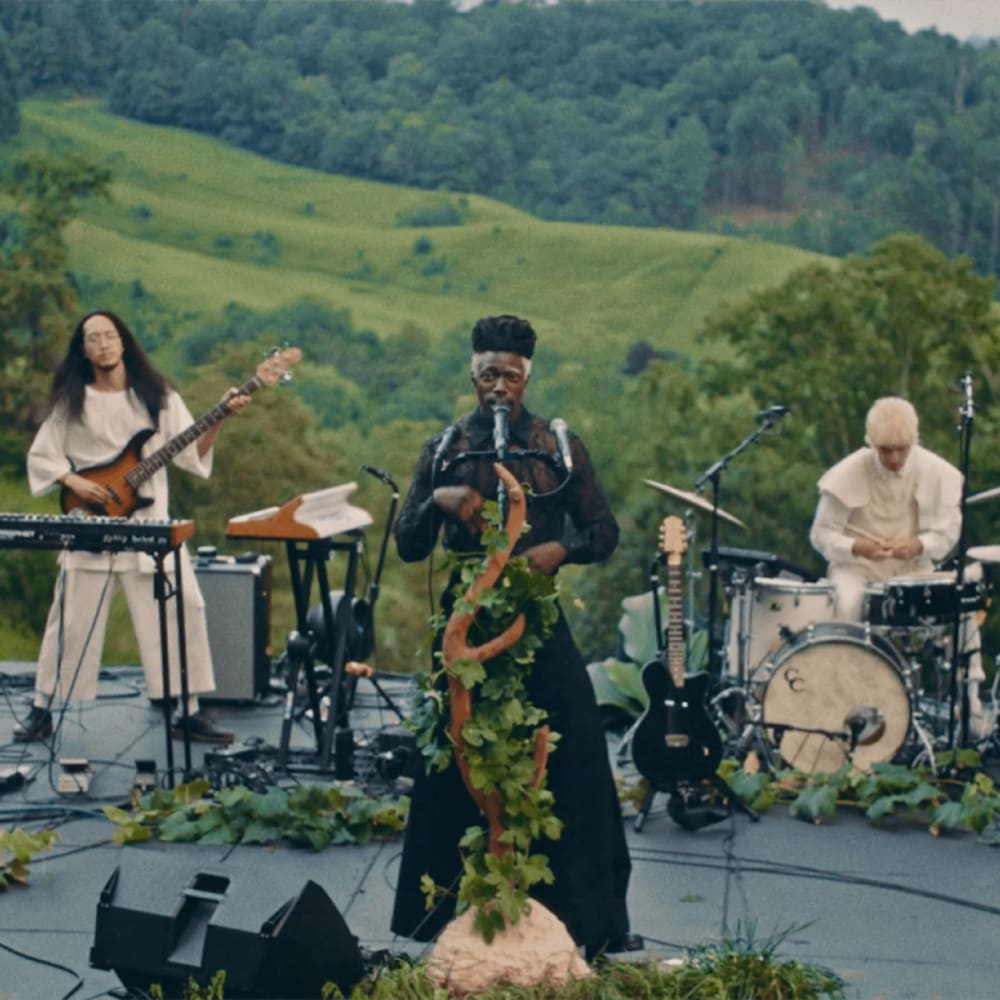My preparation for interviewing the formidable artist Alberta Whittle fittingly occurred inside a hospital. I was in an isolation unit, cordoned off from the rest of the ward, branded dangerous because of a small pill I was forced to swallow. The pill in question, which resembled an aspirin, was radioactive, tailored to my weight and measurements, and designed to destroy cancer cells that had threaded their way into organ and lymph and nerve. A day into my isolation, I began watching Whittle’s films on my phone, squinting at the cling-film-wrapped screen (suddenly I had become a hazard to everything), cradling the poetic bodies that danced and writhed and jutted and sung their way across it. Struggling with sickness, I tried to inhale then exhale to the rhythm of Whittle’s narratives, to her auto-narrated voice calmly repeating a breathing exercise, marking each filmic moment to the beat of her own heart. Traffic from Euston Road, thirteen floors below me, became a rolling wave in the background to her tranquilising tones, to the reviving rituals and near-religious choreographies her films portrayed.
Elephant Magazine: Care in the Artwork of Alberta Whittle
Hannah Hutchings-Georgiou traces the currents of care, rest, and radical compassion – multivalent and embodied acts of resistance and recovery – in Alberta Whittle’s practice.
Elephant , April 24, 2025
1
of 106


